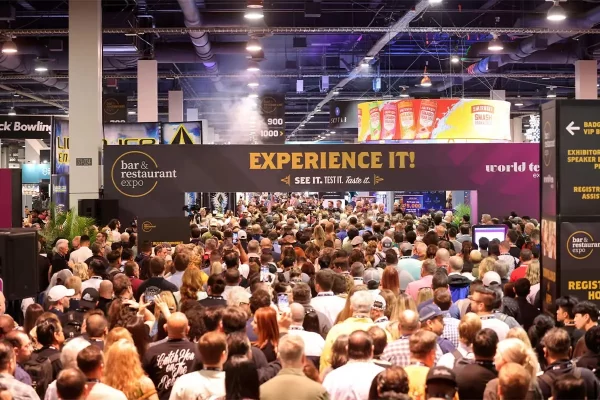Tweet
The usage of hashtags has exploded on all social media platforms ever since Twitter introduced them. Hashtags especially play an important role in event and tradeshow marketing.
Long before the tradeshow starts, the official hashtag is not only used on social media, but also on fliers, press releases, mobile apps, logos and other marketing materials. During the show, the hashtag is prominent for bringing everyone in and outside the show together on Twitter. This works as a secondary real-time engagement, complementing the face-to-face atmosphere of the tradeshow.
As an identifier and integrator, the hashtag also allows exhibitors to send directly informational content and eye-catching images to many attendees at once and introduce themselves to those who didn’t know to visit their booth. Using the hashtag could also boost exhibitors’ followers and attract prospective customers. But perhaps most intriguing of all to exhibitors is the thought of using hashtags to influence topics or stories that gain strength and, ultimately, go viral.
“Including the tradeshow hashtag in a tweet contributes to an increase in impressions and retweets. Keep in mind that Twitter users at tradeshows are watching the tradeshow hashtags like hawks. Tweets with around the 100 character mark tend to result in the highest retweets,” stated Andy Marsh, managing partner, Tagprints.
Marsh and his business partner founded #Tagprints — its logo features a hashtag — to help clients boost their social media marketing. This includes tracking the virality of social media used at tradeshows and other live events. To understand what it’s like for a Tweet to go viral, Marsh suggests picturing it.
“The best way to visualize Twitter virality is by comparing it to a snowball rolling down a hill. If you send a Tweet and the rate at which is being retweeted rapidly multiplies (or grows in the case of the snowball), you have yourself a viral Tweet,” he explained. “There’s no concrete benchmark or formula to define virality, but if your Tweet is being retweeted by more and more users outside your immediate following, well, you can guess what that means!”
For exhibitors hoping to achieve what Marsh described, it is certainly possible. It involves exhibitors willing to step up their Tweet game to market – without appearing like they’re marketing or selling.
“Successful Tweeters always make their audiences’ interest their No. 1 priority. They ask themselves what type of content their audience can relate to and perceive as valuable. Those who do it wrong have difficulties establishing an effective persona that others want to interact with. This persona extends beyond the voice of the brand and relates back to their overall purpose for using Twitter. If their persona’s purpose is to constantly self-promote like a billboard, they will fail miserably,” Marsh added.
Exhibitors can also measure their post-show Twitter impact via analytic platforms. These tools track basic metrics for a hashtag along with the key influencers using the hashtag, according to Marsh, but these platforms also have limitations that Tagprints is working to overcome.
“Existing platforms are not designed around the context of a tradeshow setting, making it difficult to correlate Twitter efforts with tradeshow marketing efforts,” said Marsh. “We are building an analytics platform to allow exhibitors to track how their Twitter efforts perform during the tradeshow and how their performance stacks up against competing exhibitors.”
In the meantime, exhibitors have another option to stand out on social media — Twitter ads. Currently, these ads are used at 60 percent of tradeshows, according to Marsh.
“Twitter ads will always be more effective than simply hoping for a Tweet to go viral. You have the ability to target users who Tweet with the tradeshow hashtag or those who follow the Twitter account of the tradeshow itself,” Marsh explained. “They open the doors to tradeshow-specific ads that are difficult to achieve through any other social platform. Tradeshow attendees are constantly viewing Twitter, so a well-planned ad strategy can reach virtually all Twitter users at the show.”
If the price of the ad is a worry, Marsh revealed that costs could be lower than exhibitors originally thought.
“Twitter ads work on a bidding system. For larger tradeshows with incredibly large exhibitors, the bidding can get quite expensive. But keep in mind that Twitter awards your well-performing ads by lowering your cost per engagement. So if you are creating highly engaging content, you will achieve lower pricing than your competing exhibitors,” he explained.
It goes without saying that exhibitors face competition on the show floor and on social media. While some may or may not be interested in using Twitter ads, history has shown that there should be no question about using the hashtag.
Hashtags continually prove they must not be forsaken in any social media marketing strategy. For exhibitors who decide not to use them, that could be the edge their competitor takes advantage of.






























